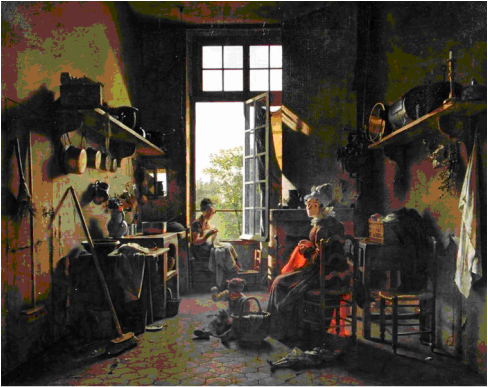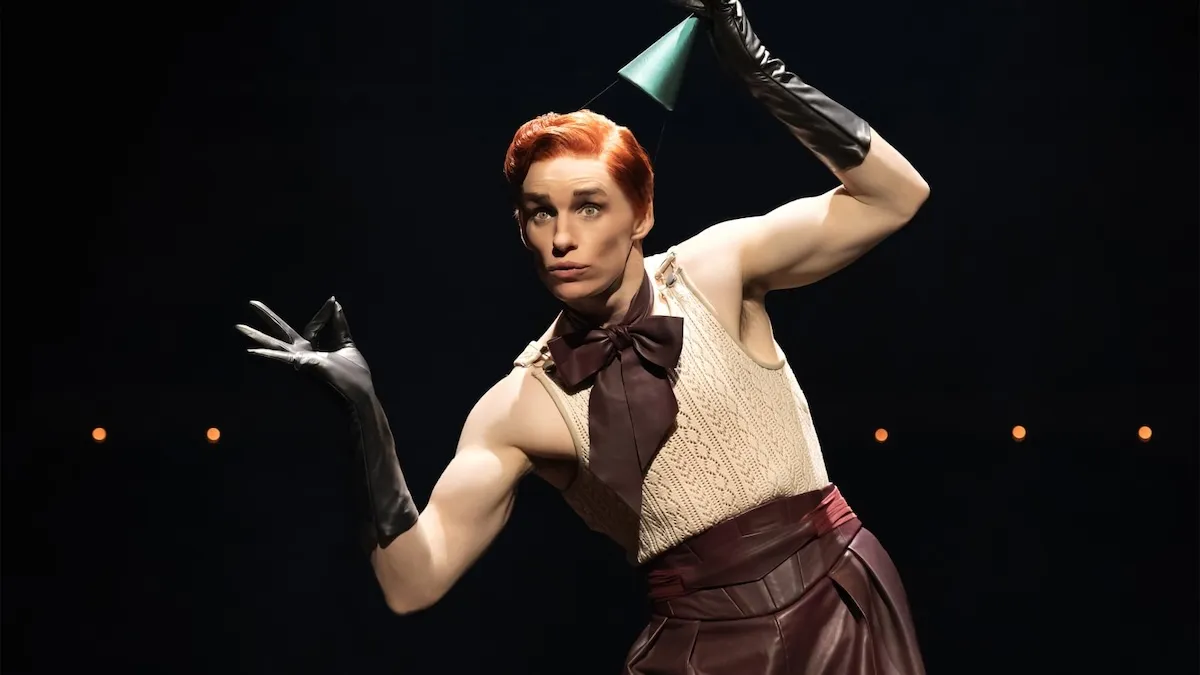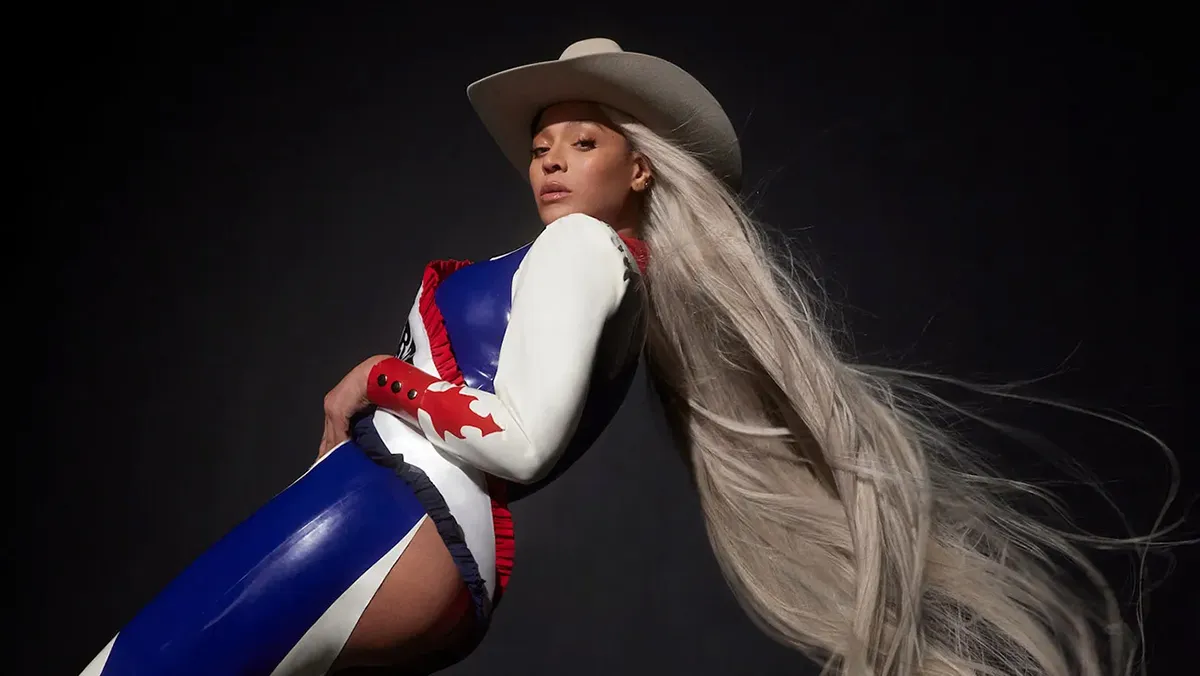If you’re a fan of paintings from the 1800s through the 1960s, you’ve probably admired a highly-prized shade of paint called “Mummy Brown.” Why the macabre name, you ask? Oh, no reason, just the ancient cat and human corpses used in its composition. Guys, now I’m worried…what’s in my Bitches Brew nail polish? What?
Scientific American reports that Mummy Brown was prized by painters for its aesthetic qualities as well as its value as a novelty. The shade ranged from greenish brown to a burnt umber and was transparent enough to mix well with other colors. Although artifacts (read: corpses) from Egypt were highly prized in England during the 1800s, not all painters were aware of the macabre history of Mummy Brown, although, duh, Westerners: it’s right there in the name.

Martin Drölling’s L’interieur d’une cuisine from 1815 is thought to contain extensive amounts of mummy.
Pre-Raphaelite painter Edward-Burne Jones claimed to be horrified when he learned of the shade’s ingredients, giving the tube a fairly dramatic burial recounted by his widow in The life and death of Mummy Brown:
…When assured that it was actually compounded of real mummy, he left us at once, hastened to the studio, and returning with the only tube he had, insisted on our giving it decent burial there and then. So a hole was bored in the green grass at our feet, and we all watched it put safely in, and the spot was marked by one of the girls planting a daisy root above it.
Interestingly, Jones was reportedly in the company of Rudyard Kipling when he made his cute little act of contrition, so that was probably the colonialist perfect storm responsible for The White Man’s Burden.
For any aspiring modern artistes looking to give their nude portrait that certain mummy sais quoi, Scientific American says the qualities of true Mummy Brown cannot be replicated with regular ground up corpses, so you can go ahead and just bury that body. Mummification replaced internal organs with asphaltum or bitumen, a process that would likely be difficult to replicate in any at-home murder chamber. The shade also faded quickly, probably as an act of understandable mummy vengeance.
(Scientific American vi io9, image via Michael Reeve and The Louvre)
- Egyptian cats domesticated 2,000 years earlier than previously thought
- Child finds mummy in attic, accompanying canopic jars
- General Mills resurrecting Fruit Brute, Yummy Mummy







